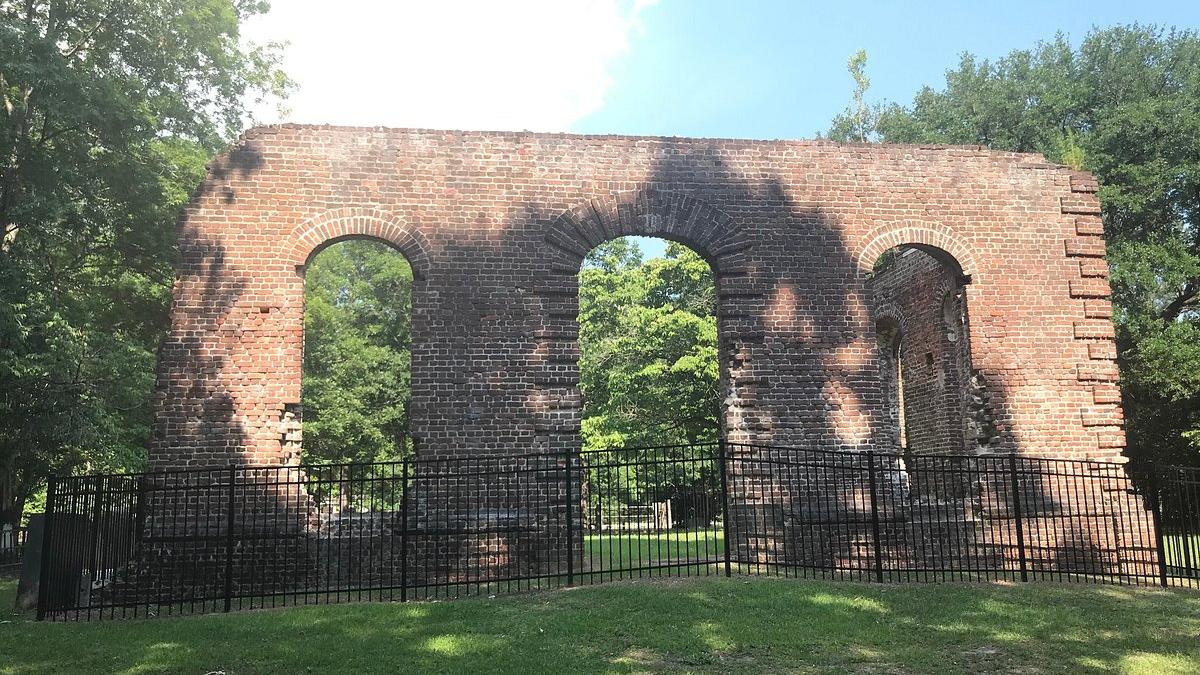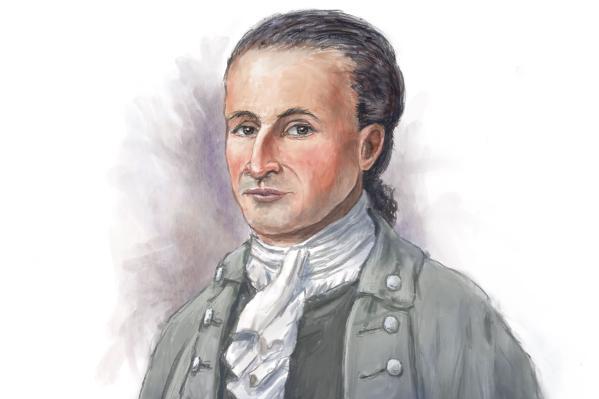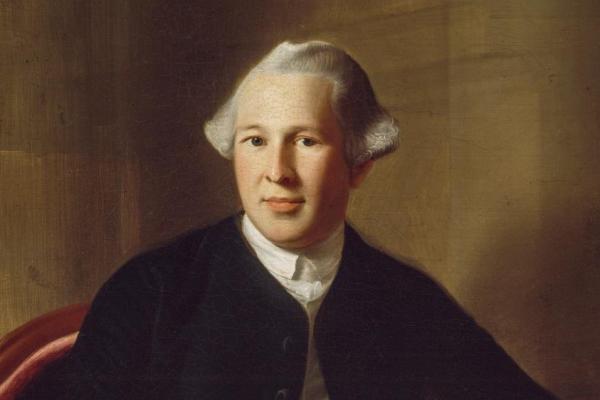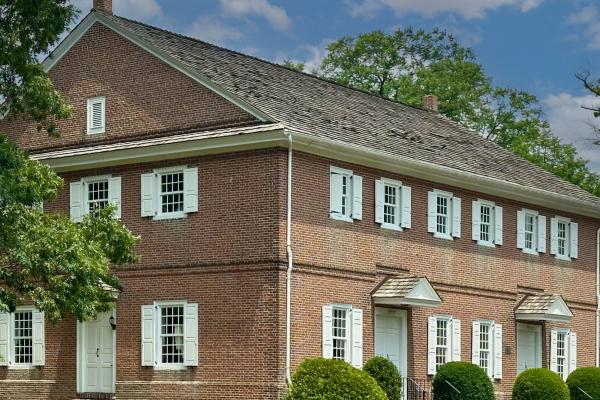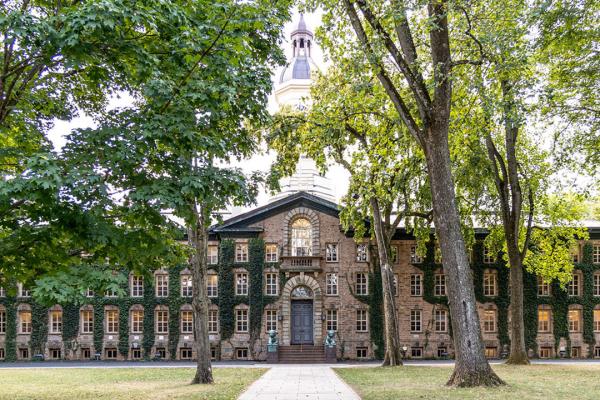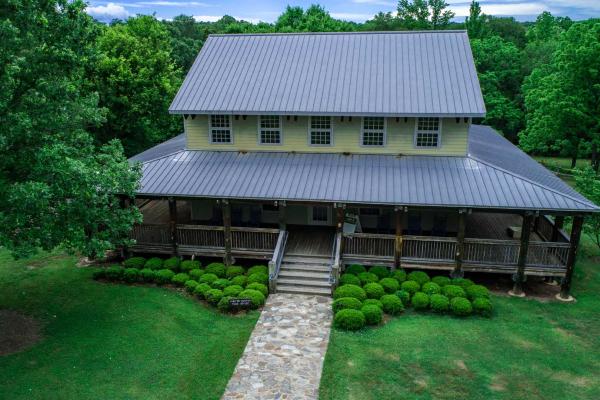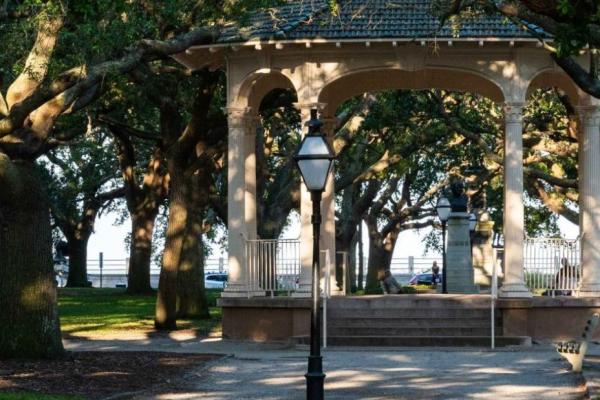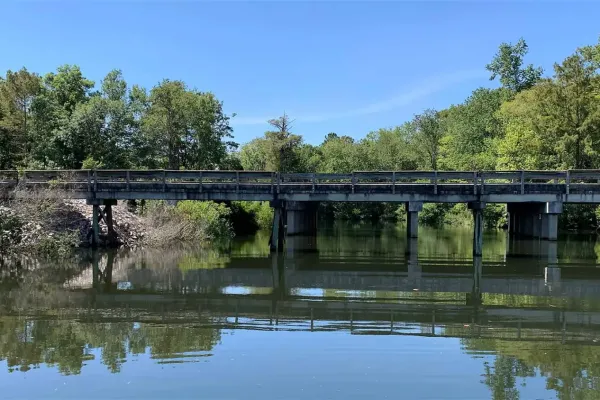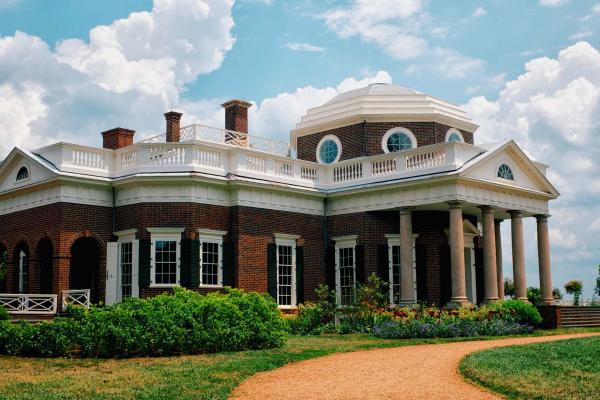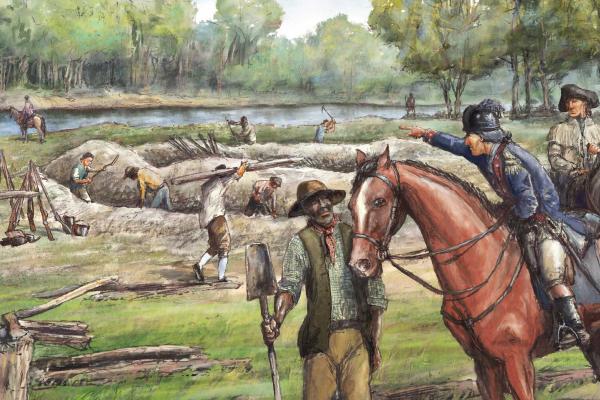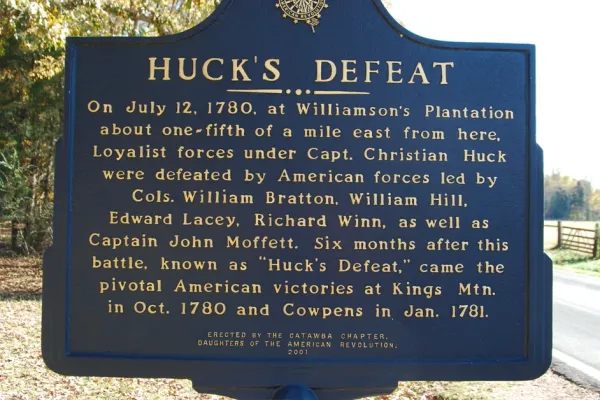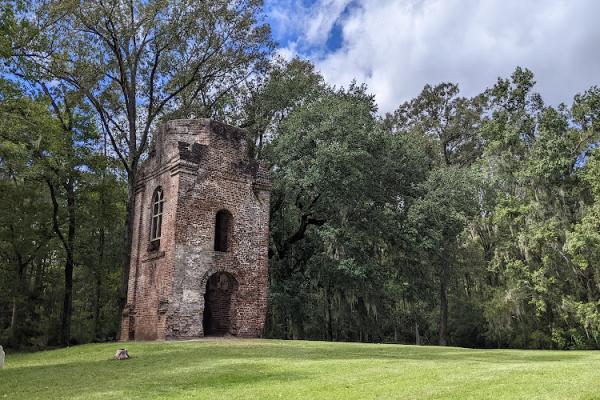Liberty Trail History Makers
The Revolutionary War was a war unlike any other — one of ideas and ideals, that shaped “the course of human events. Explore the history and personalities from this pivotal time in American history.Salvador earned the nickname "Southern Paul Revere" when he rode over 30 miles to warn militia units in the backcountry of South Carolina of an Indian attack.
A Scottish exile turned American Patriot, Hugh Mercer rose from a fugitive of the Battle of Culloden to a trusted officer under George Washington. Mortally wounded while rallying his men at Princeton, his sacrifice became a symbol of American perseverance in the Revolution.
Lucy Flucker Knox defied her family to marry Henry Knox and supported him through the Revolution, balancing life as a military wife and mother. Her story highlights women's overlooked role in early American history.
A passionate Patriot and key figure in early American resistance, Joseph Warren played a crucial role in organizing militias, warning leaders of the British approach, and commanding troops at the Battle of Bunker Hill, where he was killed in action.
